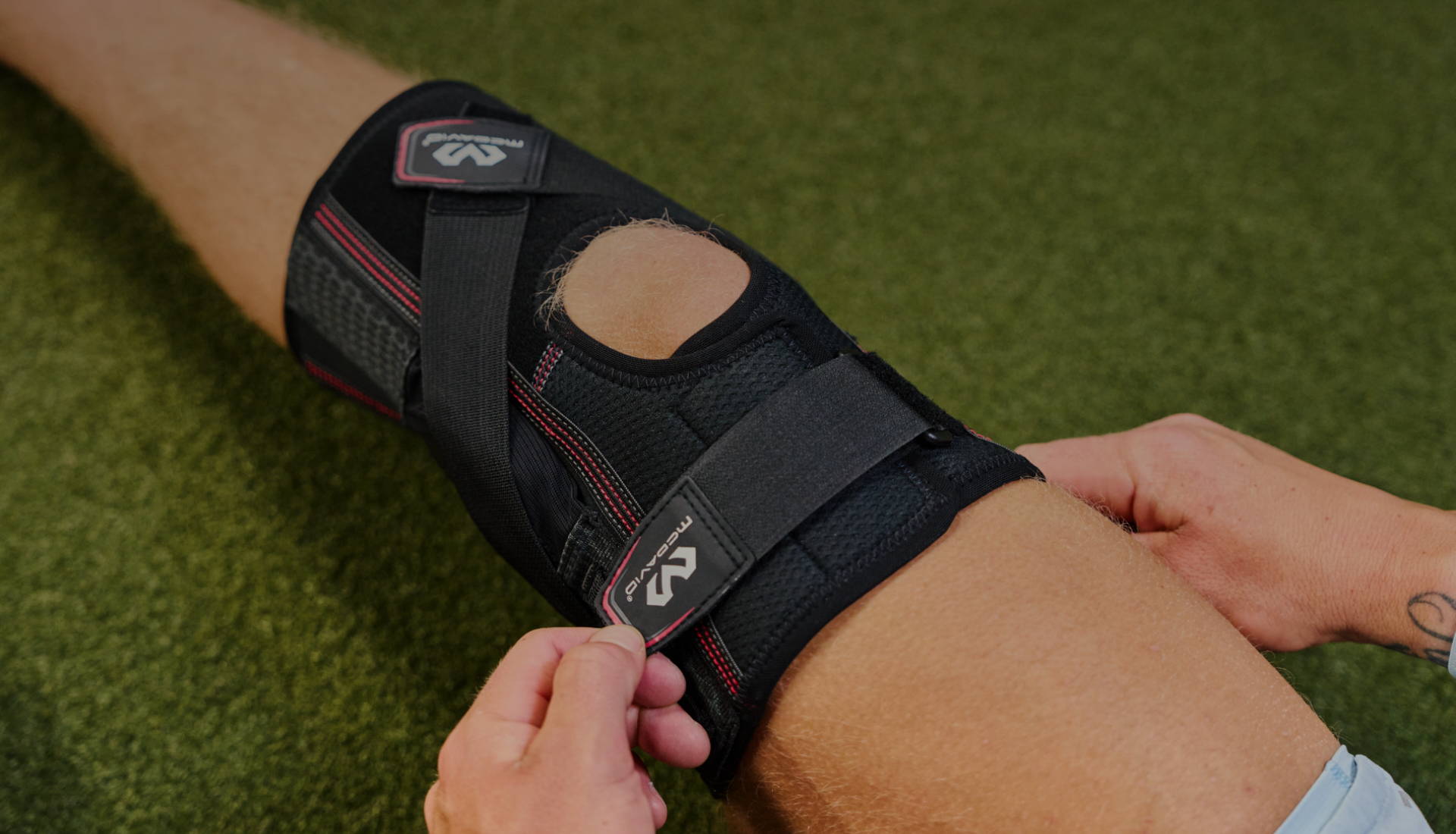The best knee support options for osteoarthritis are Knee Braces and knee support sleeves that provide stability, reduce joint stress, and relieve pain. For moderate to severe cases, a knee support brace offers targeted support and realignment of the knee joint. For daily comfort and mild symptoms, knee sleeves for pain and a knee support sleeve improve circulation, reduce swelling, and ease discomfort. Choosing the right type of support depends on the severity of osteoarthritis and your daily activities.
Understanding Osteoarthritis and the Knee
Osteoarthritis (OA) is the most common form of arthritis, affecting millions of people worldwide. It occurs when the protective cartilage that cushions the ends of bones wears down over time. In the knee, this leads to stiffness, swelling, pain, and reduced mobility.
The knee joint is particularly vulnerable because it bears the body’s weight with every step. As the condition progresses, even simple tasks like walking, climbing stairs, or standing for long periods can become challenging. That’s why knee support plays such an important role in managing osteoarthritis.
Why Knee Support Matters in Osteoarthritis
A Knee Brace or knee support sleeve doesn’t cure osteoarthritis, but it can significantly reduce symptoms and improve quality of life by:
- Reducing load on the joint - Braces redistribute pressure to healthier parts of the knee.
- Improving stability - Extra support prevents the knee from “giving way.”
- Easing pain and inflammation -Compression reduces swelling and enhances blood flow.
- Encouraging movement - Support makes it easier to stay active without worsening pain.
Ignoring the need for proper support often leads to worsening stiffness and loss of mobility.
Types of Knee Support for Osteoarthritis
Not all supports are the same. Here’s an overview of the best options:
1. Knee Support Brace
A knee support brace is ideal for moderate to severe osteoarthritis. These braces often feature hinges and adjustable straps to stabilize the knee and limit harmful motion. They also help realign the joint, which can reduce pressure on the damaged cartilage.
Best for:
- People with advanced OA in one compartment of the knee.
- Those seeking strong support for walking, standing, or light exercise.
2. Knee Support Sleeve
A knee support sleeve is a lighter option made of elastic or neoprene material. It provides compression and warmth, which reduce pain and stiffness. Unlike rigid braces, sleeves allow full movement, making them perfect for daily activities.
Best for:
- Early-stage osteoarthritis.
- Individuals who need comfort and mild support.
3. Knee Sleeves for Pain
Specifically designed to address discomfort, knee sleeves for pain are excellent for people who want relief without bulk. They can be worn under clothing and are suitable for long-term daily use.
Best for:
- Mild to moderate pain.
- Swelling that comes after walking or exercise.
4. Standard Knee Brace
For more advanced conditions, a traditional Knee Brace with side hinges or straps is often recommended. It provides greater support than sleeves and helps reduce joint misalignment.
Best for:
- Severe osteoarthritis.
- Patients transitioning after medical treatments or injections.
Choosing the Right Knee Support
When selecting the best knee support, consider:
- Severity of symptoms - Mild OA often benefits from knee support sleeves, while severe OA may require a structured knee support brace.
- Daily activities - Active individuals may prefer lightweight sleeves, while those who need stability for long walks may benefit from braces.
- Comfort and fit - A poorly fitted brace won’t provide effective support. Adjustable straps and breathable fabric are key.
- Medical advice - Consulting a doctor or physiotherapist ensures you choose the right option for your specific condition.
Benefits of Knee Support Sleeves
While braces provide maximum stability, knee sleeves for pain and knee support sleeves are popular for their convenience. Their benefits include:
- Easy to wear - They slip on quickly and fit under most clothing.
- Affordable - Generally less expensive than rigid braces.
- Flexible - Suitable for daily activities like walking, shopping, or light exercise.
- Pain relief - Compression reduces inflammation and provides consistent comfort.
When to Use a Knee Support Brace
A knee support brace becomes more important as osteoarthritis progresses. It is especially recommended if:
- You experience instability or your knee feels like it may “give way.”
- Pain interferes with walking or standing.
- Swelling and stiffness worsen after activity.
- Your doctor suggests joint realignment to slow down cartilage wear.
By shifting weight away from the most damaged parts of the knee, braces provide both pain relief and protection.
Combining Support with Lifestyle Changes
A Knee Brace or knee support sleeve works best when combined with other management strategies for osteoarthritis:
- Exercise - Low-impact activities such as swimming or cycling strengthen surrounding muscles.
- Weight management - Reducing body weight decreases stress on the knees.
- Physical therapy - Specific exercises improve mobility and function.
- Heat and cold therapy - Can reduce stiffness and swelling.
Support devices should be part of a holistic approach rather than the only solution.
Psychological Confidence from Support
Many people with osteoarthritis develop fear of movement due to pain. Wearing a knee support brace or knee sleeves for pain restores confidence. When you feel supported, you’re more likely to stay active, which is essential for joint health.
Final Thoughts
The best knee support options for osteoarthritis are Knee Braces and knee support sleeves, chosen according to the severity of your symptoms. For advanced cases, a knee support brace provides maximum stability and protection. For mild to moderate cases, knee support sleeves and knee sleeves for pain offer comfort, compression, and ease of use.
By using the right support consistently, you can manage pain, improve mobility, and maintain a better quality of life despite osteoarthritis.









